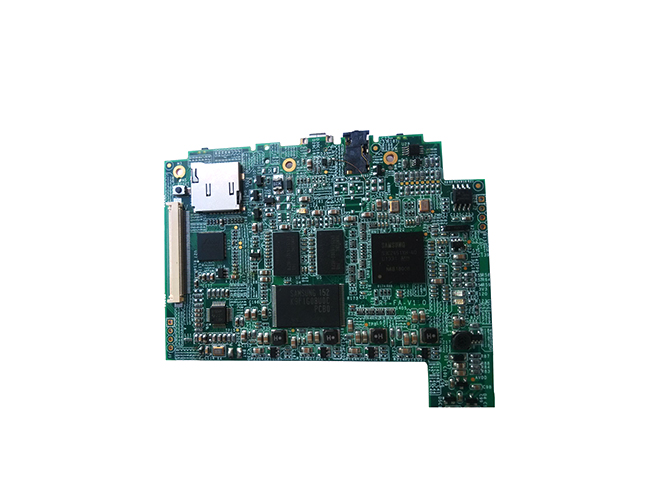-
CN
-
Service Hotline
+8618129931046 Mr. Liao


Time:2025-07-02 Views:1

The three-resistance paint coating process, which provides protection against moisture, dust, and corrosion, is vital for the long-term reliability of multilayer PCBs, especially in harsh operating environments. This process involves several steps and requires careful control to ensure an even and effective coating.
The first step is the preparation of the PCB surface. Before applying the three-resistance paint, the PCB must be thoroughly cleaned to remove any contaminants such as dust, oil, or flux residues. Solvent cleaning, ultrasonic cleaning, or plasma cleaning methods can be used depending on the nature of the contaminants. A clean surface is essential for proper adhesion of the paint. Any remaining contaminants can cause the paint to peel or form voids, reducing its protective effectiveness.
After cleaning, the PCB is pre-treated to improve the adhesion of the paint. This can involve processes such as surface roughening or applying a primer. Surface roughening increases the surface area of the PCB, providing more contact points for the paint to adhere to. Primers, on the other hand, create a chemical bond between the PCB surface and the paint, enhancing the adhesion. The choice of pre-treatment method depends on the type of PCB material and the paint used.
The actual application of the three-resistance paint can be done using various methods, including spraying, dipping, and brushing. Spraying is the most commonly used method for large-scale production as it provides a uniform and consistent coating. The spray equipment needs to be calibrated to control the spray pattern, paint flow rate, and atomization to ensure an even coating thickness. Dipping involves immersing the PCB in a tank of paint and then allowing the excess paint to drain off. This method is suitable for small batches or complex-shaped PCBs but may result in thicker coatings in some areas. Brushing is a manual method that is often used for touch-up or for coating small areas. However, it may not provide as uniform a coating as spraying or dipping.
Once the paint is applied, it needs to be cured to achieve its full protective properties. Curing can be done through heat curing, UV curing, or air drying, depending on the type of paint. Heat curing involves baking the PCB in an oven at a specific temperature for a certain period. UV curing uses ultraviolet light to polymerize the paint, which is a fast and efficient method. Air drying is the simplest method but may take longer and is more suitable for paints with slower drying times. During the curing process, the temperature, humidity, and time need to be carefully controlled to ensure proper curing and avoid issues such as cracking or blistering of the paint.
Finally, quality inspection is carried out to check the integrity of the three-resistance paint coating. Visual inspection can be used to detect any obvious defects such as uneven coating, bubbles, or missing areas. Electrical tests can also be performed to ensure that the coating has not affected the electrical performance of the PCB.